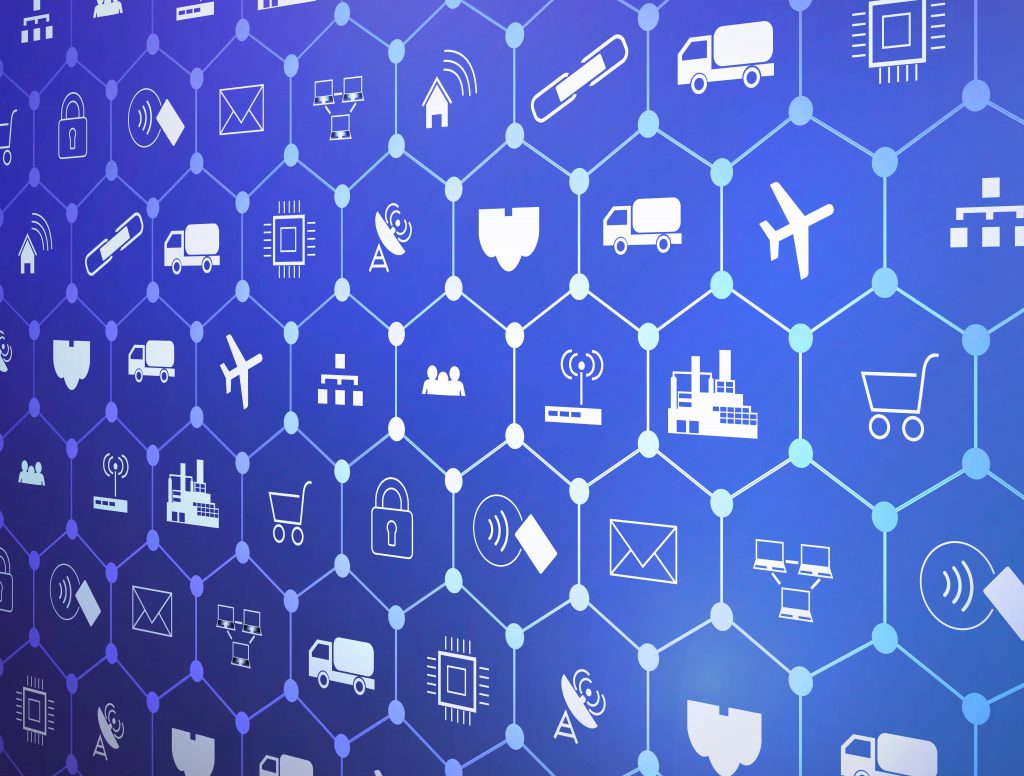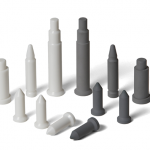The Internet of Things (IoT) refers to a growing system of interconnectivity between devices and machinery – even those not typically associated with digital communications. Domestic markets have felt the impact of IoT devices most keenly, with the onset of intelligent virtual assistants (IVAs), smart energy monitoring, and WIFI-enabled appliances. Analysts predict that 26 – 100 billion IoT-enabled devices will be in service worldwide by 2020, a growing portion of which will rely on technical ceramics to function correctly. However, these estimates fail to reconcile the comparatively slow uptake of connected devices in industrial settings.
Industrial IoT: How Technical Ceramics Can Make a Change
Integrating digital communications with analog control systems and machines often does not establish a concrete value proposition for many industry leaders. The reasons for this typically fall into one of two brackets: security concerns overrule the benefits of IoT opportunities, or leaders are not organisationally prepared to innovate their processes to the extent that IoT promises. As much as 75% of IoT deployments are currently stuck in prototyping phases due to poor business planning. Compared with the enormous market penetration of domestic IoT-enabled devices, just 15% of production assets are currently connected to the web.
Material limitations underlie both of these slow-to-adopt camps. Many current operating systems (OS) built on technical ceramic microcontrollers are unable to collect and aggregate the large volumes of data characteristic of heavy industry and manufacturing. This poses a problem of scalability; a key value proposition for industrial IoT.

One proposed solution to the issue of scalability and improved value in industrial IoT is the use of embedded real-time operating systems (ROTS). These can meet numerous key performance indicators (KPIs), including low power consumption with extremely compact processing capabilities. More than 700 different IoT platforms are currently being developed, each of which will partially rely on the greater capabilities’ characteristic of technical ceramics. Microcontrollers, piezo drives, and millimeter-scale components with outstanding electronic and thermomechanical properties will be key to actualizing industrial IoT for a wider manufacturing audience.
Technical Ceramics from International Syalons
International Syalons is the UK’s leading provider of technical ceramics for industrial marketplaces. In recent blog posts, we have looked at the future of technical ceramics in achieving disruptive technological change for established industries.
We supply a range of high-performance technical ceramics for a range of marketplaces. If you have any questions about our product range or conventional application areas, simply contact a member of the International Syalons team today.
If you have enjoyed this post, you might like to read about the Future of Technical Ceramics: AI, IoT & Industry 4.0.
References:
https://www.wired.co.uk/article/internet-of-things-what-is-explained-iot
http://www3.weforum.org/docs/WEF_Technology_and_Innovation_The_Next_Economic_Growth_Engine.pdf


